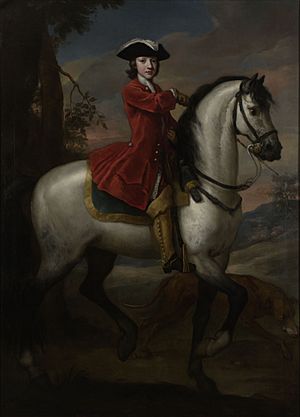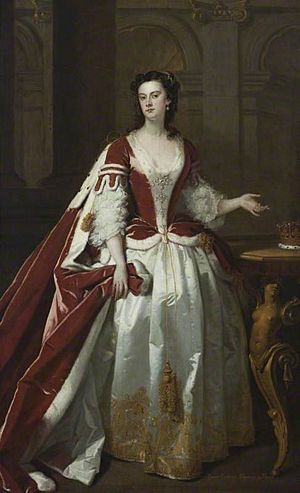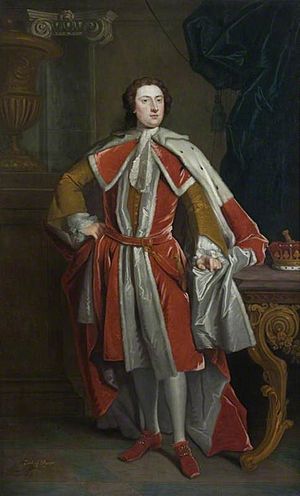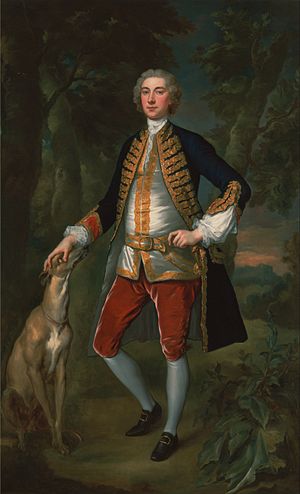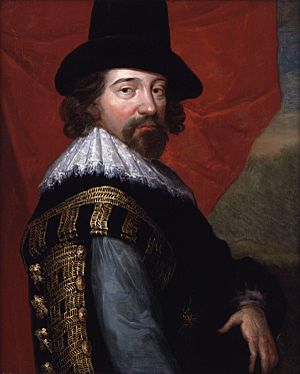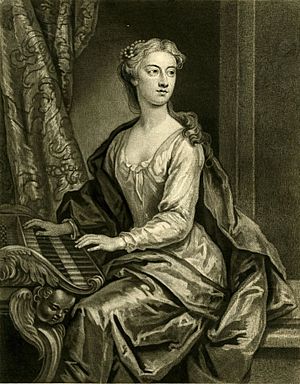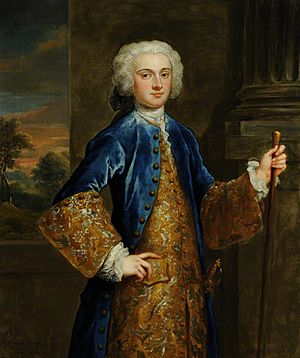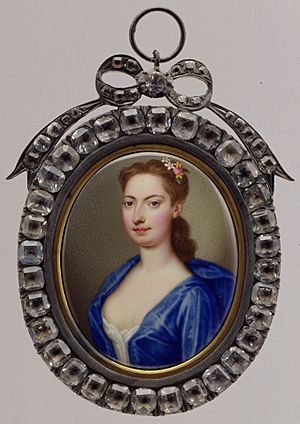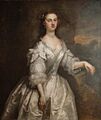John Vanderbank facts for kids
Quick facts for kids
John Vanderbank
|
|
|---|---|
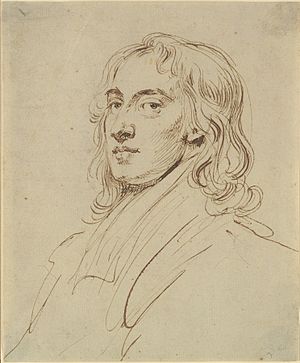
Self Portrait (c. 1720)
|
|
| Born | 9 September 1694 |
| Died | 23 December 1739 (aged 45) London, Great Britain
|
| Nationality | English |
| Education | Jonathan Richardson, Sir Godfrey Kneller, |
| Known for | A leading portrait painter of England |
John Vanderbank (born September 9, 1694 – died December 23, 1739) was a talented English painter. He was very popular during the reigns of King George I and King George II. Many people believed he could have been the greatest portrait painter of his time. However, his expensive lifestyle often led to money problems. He passed away at the young age of 45.
Contents
Early Life and Training
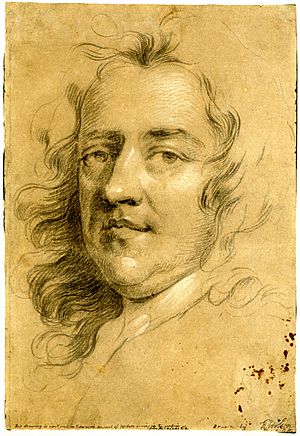
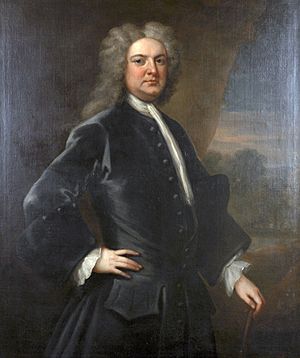
John Vanderbank was born in London on September 9, 1694. He came from a family of artists. His father, John Vanderbank Senior, was a successful tapestry maker. He supplied tapestries to the royal family. His father was known for bringing a lighter, more informal style to tapestry weaving.
John learned painting from his father first. Then he studied with the painter Jonathan Richardson. In 1711, he became one of the first students at Sir Godfrey Kneller's art academy. This academy was located near his father's workshop. After Sir James Thornhill took over the academy in 1718, John continued his studies there. In 1720, he decided to start his own art academy.
John's younger brother, Moses Vanderbank, was also an artist. However, his paintings are very rare. Moses took over their father's role as the royal tapestry maker in 1727.
Career as a Painter
Portrait Painting Style
Vanderbank was mainly a portrait painter. He also created some paintings with symbolic meanings and worked as an illustrator. He started painting portraits in 1719. One of his first big works was a large painting of Charles Spencer, 3rd Duke of Marlborough on horseback.
He developed a unique painting style. His portraits showed great energy and skill. He was inspired by famous artists like Rubens and Van Dyck. He often copied their works to learn from them. His early portraits were bold and strong, like those of his teacher Kneller. He used bright colors for skin tones, painting thin layers over cooler grey colors. This made the skin look glowing. He also used unpainted areas of grey-green to show mid-tones.
Vanderbank's Academy
In 1720, the art academy where Vanderbank studied closed. So, John Vanderbank, along with the artist Louis Chéron, opened their own academy. They called it 'The Academy for the Improvement of Painters and Sculptors'. It was a place for artists to learn by drawing from live models.
Vanderbank's Academy became very popular. Many future leading artists joined it. However, in 1724, it was discovered that the academy's money manager had taken funds. This, along with Vanderbank's own money problems, led to the academy closing that summer.
Even though it was short-lived, Vanderbank's Academy was very important for English art. It helped introduce life drawing classes for promising students. Artists like William Hogarth and Joseph Highmore attended. Vanderbank was at the center of an important art community. This group helped shape the art, architecture, and music of England in the 1720s and 1730s. For example, Vanderbank painted a portrait of the Duke of Chandos in 1722. The Duke was a major supporter of the arts and music, including the composer Handel.
Vanderbank's expensive habits often caused him financial trouble. Between 1724 and 1729, his brother Moses helped him clear his debts. From 1729, John lived in a house in Holles Street without paying rent. This was thanks to the kindness of Lord Carteret. In the 1730s, Vanderbank's career became successful again. He painted many important people.
Famous Works
Vanderbank's portraits of kings, queens, and important people are in major art galleries worldwide. You can find his works in places like the Metropolitan Museum of Art, the National Gallery of Art, Washington DC, and the National Portrait Gallery. Many of his portraits were made into prints, which were very popular at the time.
Some of his most famous portraits are from the 1720s. These include the Duke of Chandos (1722), two portraits of Sir Isaac Newton (1725 and 1726), and the sculptor John Michael Rysbrack (around 1728). One of his greatest works is considered to be the large portrait of Queen Caroline from 1736.
As a draughtsman and illustrator, Vanderbank showed great energy and creativity. He drew a series of pictures of horses and riders being trained. These drawings were published in 1729 and became very popular. In 1723, he was asked to illustrate the famous book Don Quixote. This project took up much of his time for the rest of his life. The book was published in 1738 with 68 engraved plates based on his designs.
Vanderbank had only one known apprentice, John Robinson. Robinson later became a successful portrait painter himself.
Personal Qualities
People who knew Vanderbank said he was incredibly talented. They said his painting style was bold and masterful. However, they also noted that his careless and extravagant lifestyle held him back. It was believed that only his spending habits kept him from being the greatest painter of his time.
His expensive habits led to debt. In 1724, he briefly went to France to avoid his creditors. Later, he made special arrangements to live in comfort while dealing with his debts. In 1729, his brother Moses sold part of the family business to help pay off John's debts. Despite his challenges, Vanderbank remained a top portrait painter in the 1720s and 1730s. This shows how truly talented he was.
Personal Life
On July 12, 1723, John Vanderbank married Ann Hardaker, an actress. They did not have any children.
Vanderbank died from consumption (a disease now known as tuberculosis) on December 23, 1739. He was 45 years old. He was buried in St Marylebone Parish Church, London. In his will, he left everything to his wife, Anne. Anne Vanderbank passed away in 1750.
Images for kids
Drawings
Engravings and Mezzotints


